Hello, there! Do you love empanadas like us? Out of the blue, did you know that there are different empanada types in the Philippines?
That’s right! You may have experienced, say, the Ilocos empanada, but there’s also an empanada type that is a sweet dessert.
Read on as we discuss what empanada is, and the different types you have to try in the Philippines!
What is empanada?
Why are empanadas so good? But more importantly, what exactly is an empanada?
Empanadas are packets of dough that you fry or bake. Modern bakers or chefs shape them like a crescent moon and use flour dough or corn flour dough to make them.
You then stuff it with sweet or savory fillings. The fillings will depend on where they’re made. Popular savory ones are chicken empanadas, while a sample of a sweet version are dulce de leche empanadas.
People also call empanadas pasties, patties, hand pies, and even pastels. Again, their various names will depend on their origin.
And if you’ll notice, they’re very portable! You can easily eat one while walking around. That’s why they’re a great choice for street food.
When are empanadas eaten, aside from when you’re walking around? They can be one of your dinner ideas, for breakfast, or pretty much whenever. They’re a really convenient food option, don’t you think so?
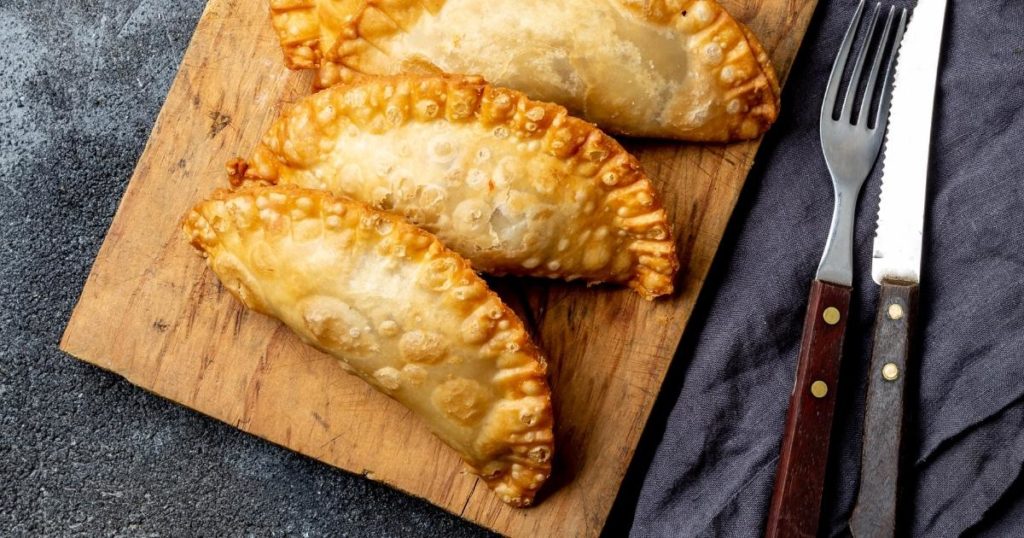
Where did empanadas come from?
Empanadas – where are they from?
Yup, if you’re wondering, “Is empanada Filipino?” then the answer is that empanadas are not a Filipino-exclusive recipe. The name alone should tell you that since the “empanada” term comes from the Spanish verb empanar, which means to wrap in bread.
We’re not a hundred percent sure where empanada originated. But according to Matero, the first appearance of empanadas took place during the Moorish invasions in Medieval Iberia. And in 1520, a cookbook in Catalan describing regional Catalan, French, Italian and Arabian food directly mentions empanadas, lending credibility to that aforementioned detail.
During that time though, the makers didn’t form empanadas into moons. Instead, chefs served them as round pies or in rectangular dishes, then sliced portions into single servings.
Over time, Spaniards brought the dish over to Latin America and the Philippines. Empanadas are also pretty popular in Portugal and the Caribbean.
On a side note, we really have to thank Spain for a lot of our delicious food, like arroz con pollo. Wouldn’t you agree?
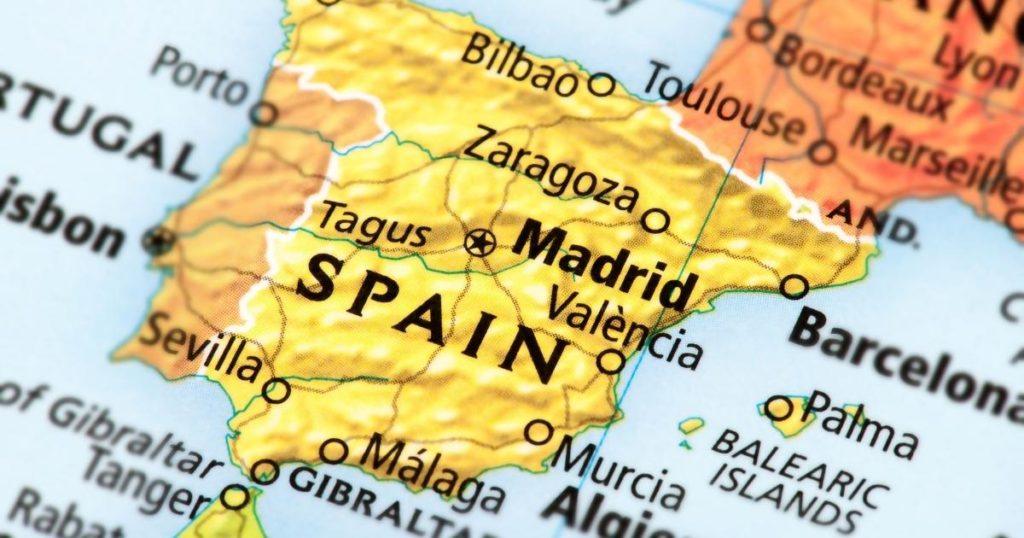
What are the different types of empanada dough?
Here are some of the following doughs you can use to make an empanada: yuca, simple flour dough, wheat flour, and glutinous rice flour, just to name a few.
You can use any, actually, but of course, different countries prefer different types of empanada dough recipes.
What types of empanada fillings can you use?
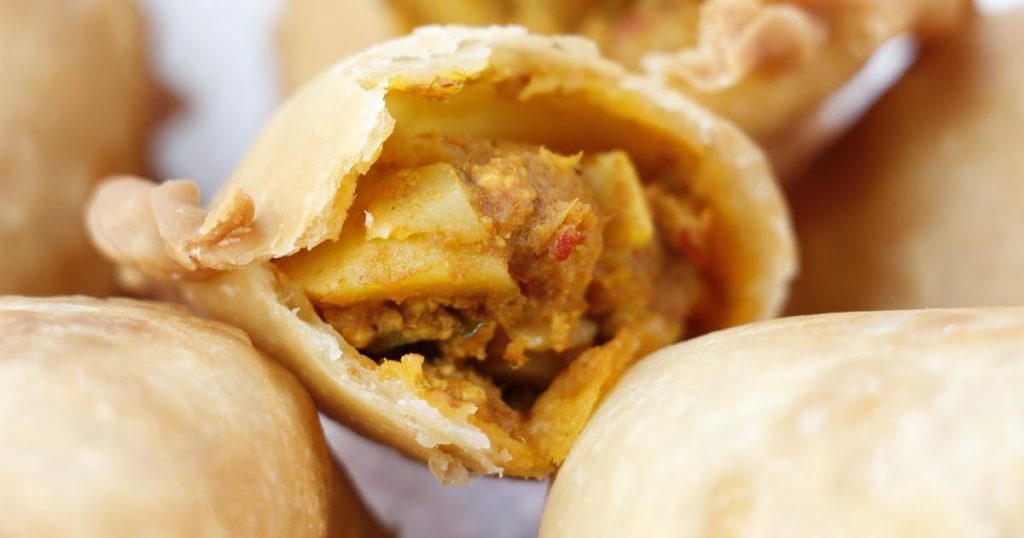
Empanadas are filled with what now?
We bet you know what our next sentence will be: different types of empanada fillings will depend on where you’re eating the aforementioned empanadas.
For example, Argentine empanadas, while generally known for being made with animal fat and gronud beef, have different flavor variants and sizes depending on the region. Some contain savory fillings of hard-boiled egg, red bell peppers, olives, and raisins. Others have potatoes, peppers, and ground chili.
In Ecuador, what are empanadas traditionally filled with? Well, Ecuadorians make a sweet variety, what they call empanadas de viento.
An empanada de viento is a thinly-rolled cheese empanada that you fry and roll around in some sugar. Viento means wind or air, referring to the air that fills the empanada as you fry it, making the final product hollow.
One last example is a Venezuelan empanada. You make one using ground corn dough (although they’re not corn empanadas), then fill it with many possibilities like cheese, ground beef, chicken, black beans, and even shark or mollusk.
Those are examples of empanada varieties made by Latin Americans. Don’t they sound yummy?
But how about the Philippines?
What are the empanada types in the Philippines?
Now we get to the main topic. What are the empanada types and what are the typical empanada fillings here in the country?
Well, Filipinos like their empanadas to contain ground beef, pork, or chicken. We also like it when our empanadas have potatoes, onions, garlic, and sometimes, raisins (although the jury is still out on this one). You can make the empanada dough baked well or flaky, but almost always sweet.
Again, this is a general description. There are still different Filipino empanada types (and empanada names). We’re not really sure how many types of empanadas are there in the world, much less in the Philippines (so this is far from an extensive list), but here are the ones we know of.
Ilocos empanada
An empanada in the northern part of Ilocos. What makes it distinctive is its thin and crunchy orange shell.
It usually has fillings of green papaya, sausage, longanisa (reminds us of our All-Natural Meat Processing class), and egg yolk. Some Ilocanos prefer to put mashed eggplant, scrambled eggs, and cabbage, and then slather the empanada with vinegar.
Empanada Danao
Empanada Danao is an empanada that originates in Cebu and is a definite must-try. It is a mix of sweet and savory, and is much like the empanada de viento. You fill it will chorizo and chayote, deep-fry it, then dust it with white sugar before serving.
Empanada Zamboangueño
This is an empanada, Zamboanga style! Zamboangueños fill the empanada with sweet potato and garbanzos and then serve it with a sweet vinegar sauce.
Dessert empanaditas
As the name suggests, these are dessert empanadas. They’re called empanaditas since they’re smaller. Fillings can vary from latik, peanut butter, dulce de leche or yema, and even chocolate.
Sinudlan empanada
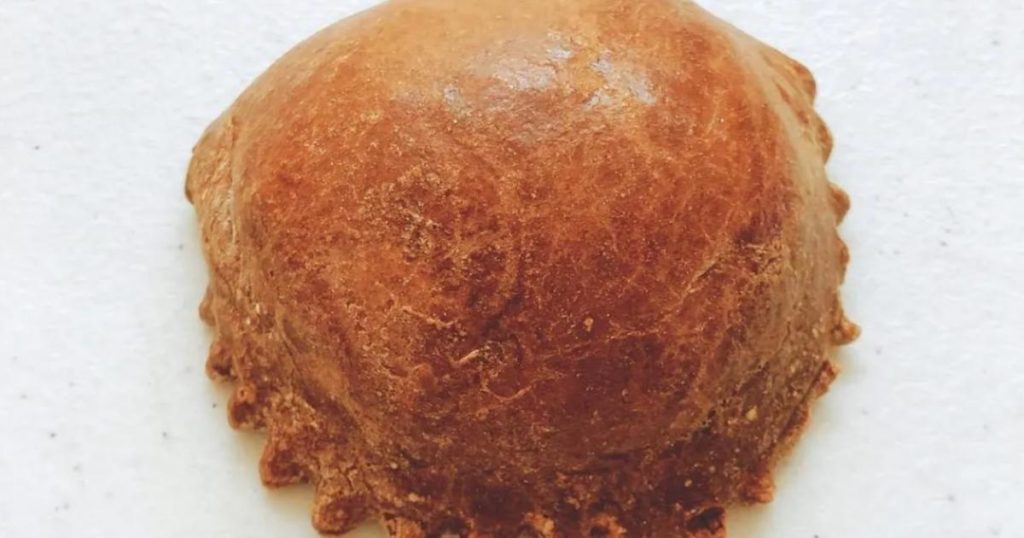
Sinudlan is a local pastry again hailing from Cebu. It is a deep-fried empanada that can serve as a sweet dessert, since it is filled with sweetened coconut meat. The coconut is known as bukayo in the native dialect.
Empanada de Kaliskis
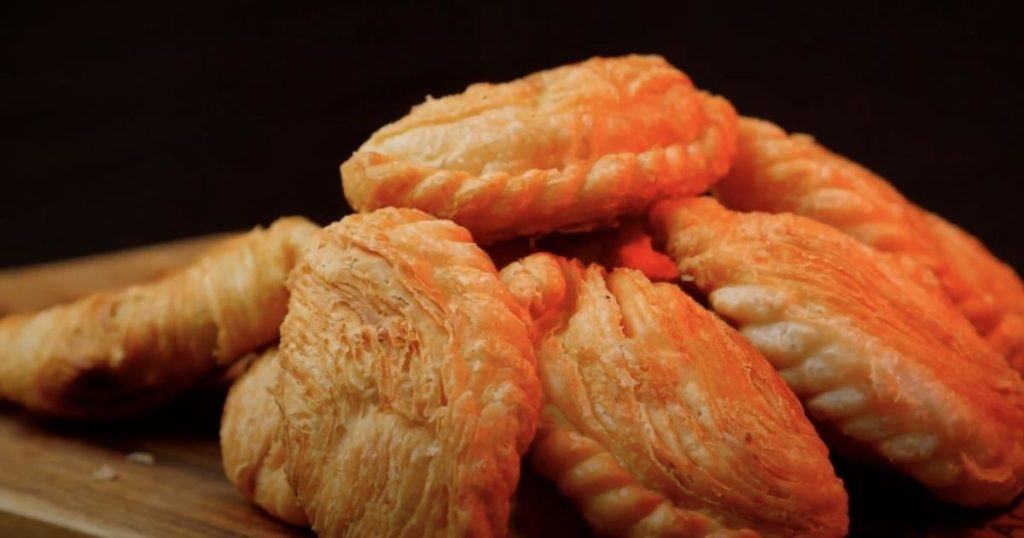
One of the most iconic Filipino favorites, empanada de kaliskis, has been in existence for over 130 years. You can trace its roots to Malolos, Bulacan. It’s known as such because it has a flaky, multilayered crust that looks like fish scales.
However, it doesn’t contain fish (most of the time). Each bite you take gives you a very delicious chicken filling.
Make two empanada types with The Bailiwick Academy!
We hope that this list about empanadas made you crave for… well, for empanadas.
We want you to crave it so much that you start Googling “empanada near me,” or start looking for recipes to make your own!
Are empanadas hard to make, you ask? Well, not if you’re a student of The Bailiwick Academy.
We have two classes for empanada making. First is Chef Joey Prats’ Flaky Gourmet Empanadas. And the second is our latest, newest class: Chef Jimbo de Panadero’s Empanada de Kaliskis!
If we’re talking about bread-related food, the master of bread making, Chef Jimbo, is the one to consult! Enroll in this class and learn his intricate methods and techniques in making this very popular empanada type. Included are the following:
- How to make different kinds of empanada fillings: chicken, pork, and tuna
- The method to make empanada dough and achieve that “kaliskis” look
- Filling and cooking the Empanada de Kaliskis
- Packaging tips, final reminders, and answers to popular questions (i.e. can empanada dough be frozen?)
And we bet that if you LOVE empanada, so will other people… like your customers (if you have a food business, at least).
So what are you waiting for? Enroll in The Bailiwick Academy today!
P.S. If you’re reading this today, May 30, 2022, Philippine Standard Time, the Empanada de Kaliskis class is discounted!
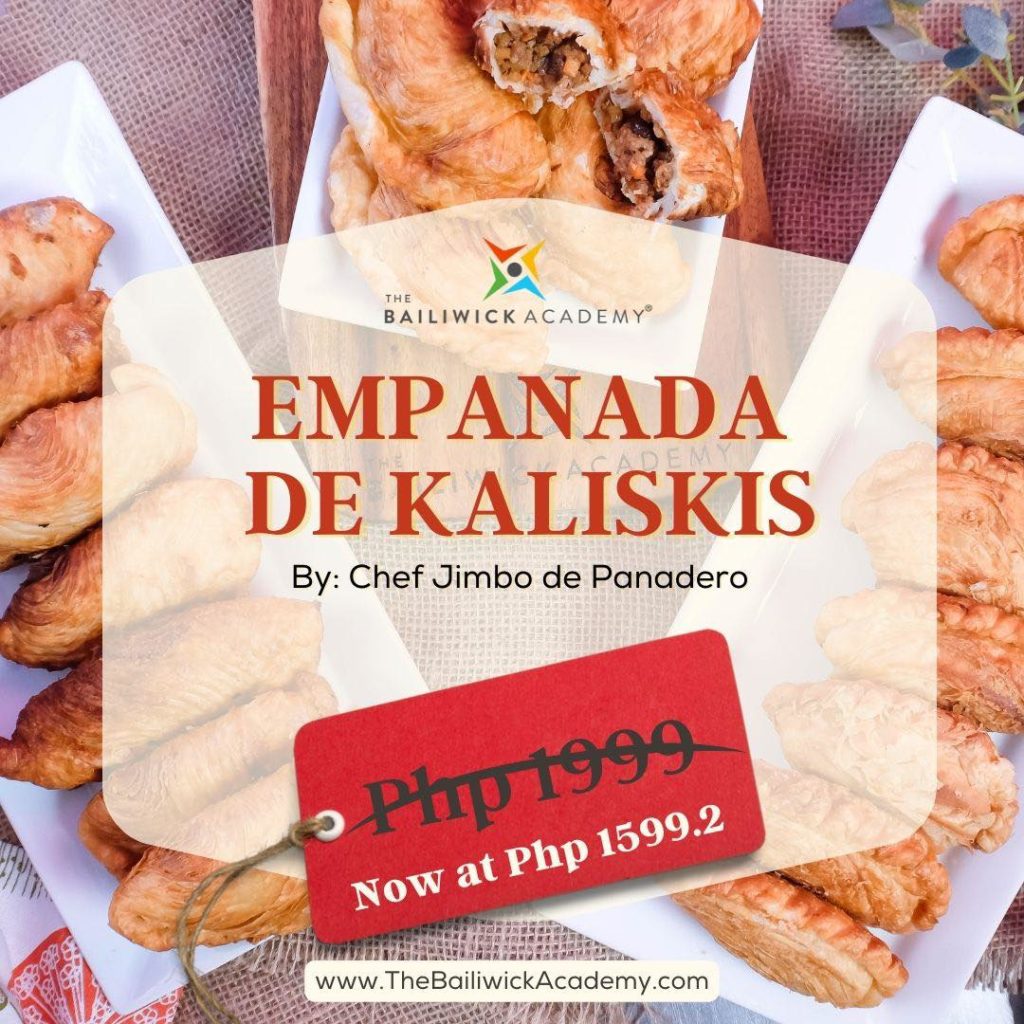
For a limited time (as in it ends TODAY!!!), get it for only Php1599.20! Hurry! Enroll in The Bailiwick Academy now!

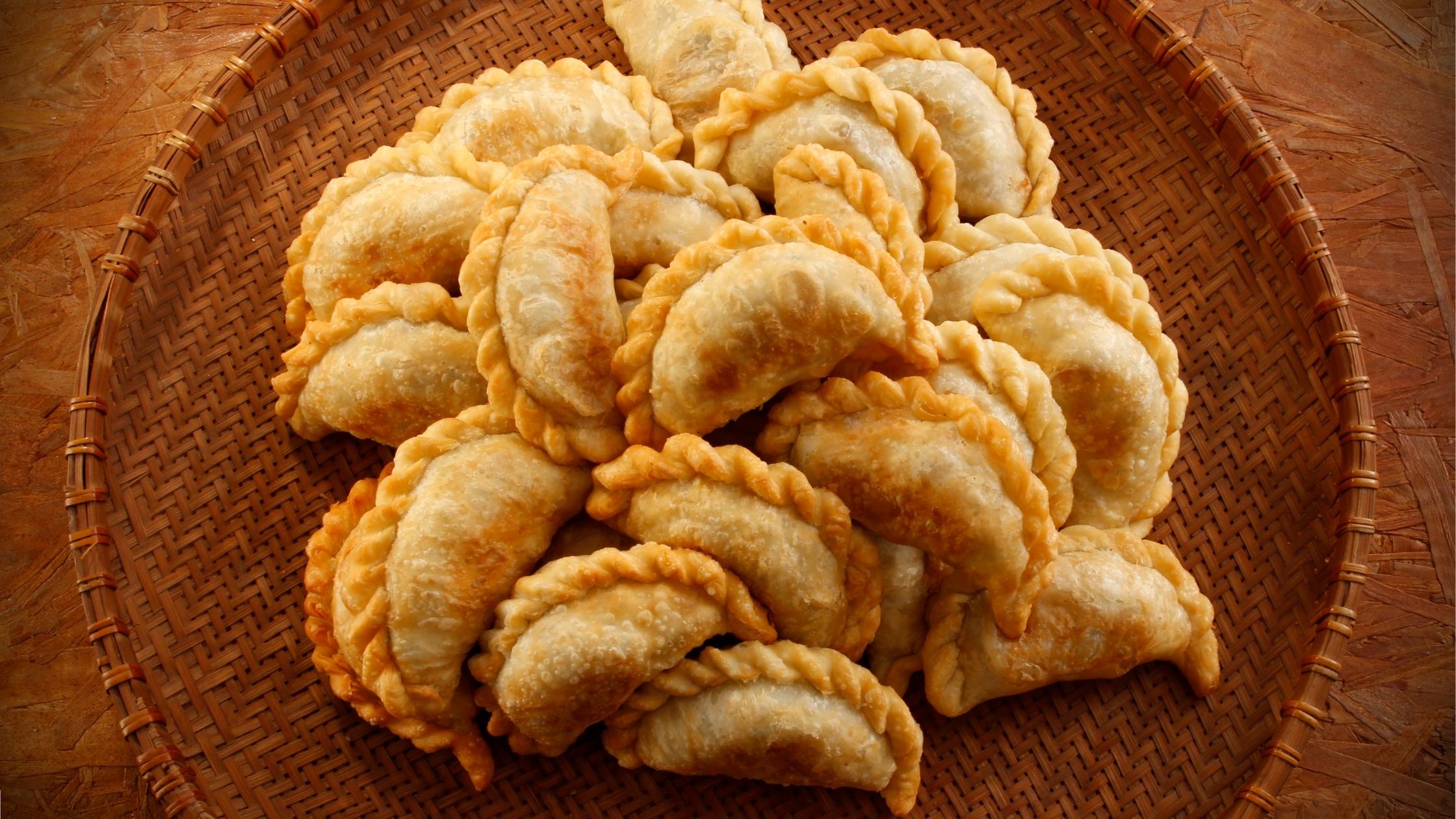
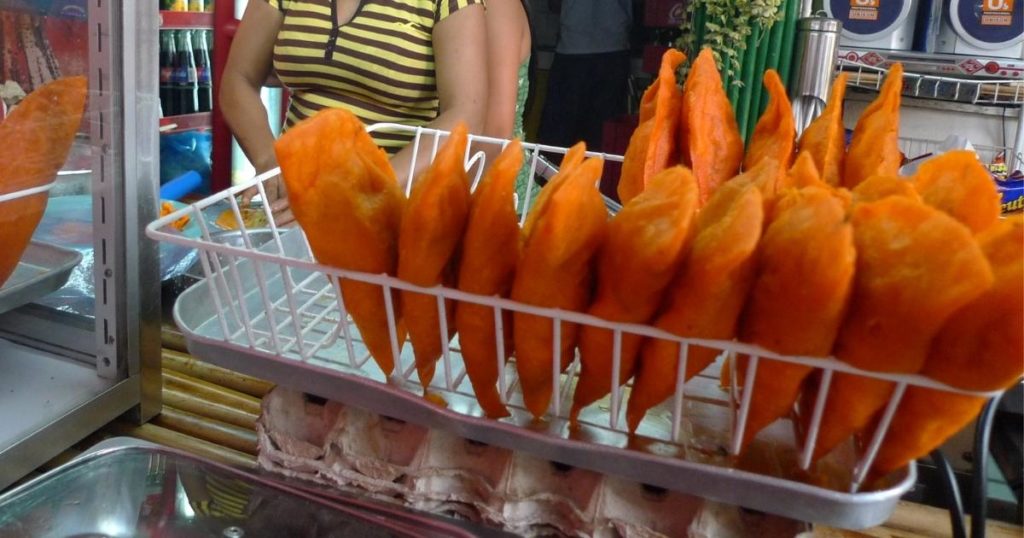
Pingback: What is the Difference Between Dough and Batter? [Updated 2023]
Pingback: What Are Jamaican Patties? - The Bailiwick Academy